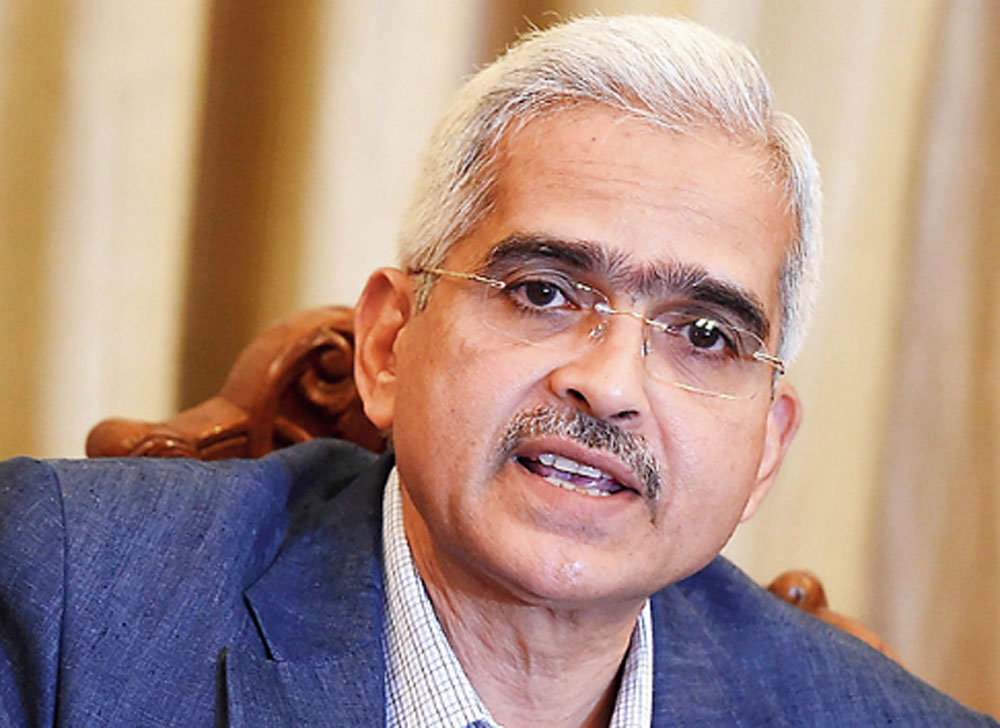The RBI on Thursday cut the repo rate by 25 basis points to 5.75 per cent — taking the policy interest rate down to a nine-year low — and immediately put pressure on banks to pass on the benefit to their customers through matching cuts in their lending rates.
More important, the central bank’s policymakers re-calibrated its stance from neutral to accommodative, indicating that there could be more rate cuts in the future depending on the trajectory of growth and inflation in the economy.
The accommodative policy stance will ease some pressure on the Narendra Modi government, which is grappling with a slowdown in the economy triggered by a sharp dip in investment and an alarming drop in private consumption.
RBI governor Shaktikanta Das told reporters that “the accommodative stance would basically mean that a rate increase is off the table” but refused to confirm that the central bank would cut rates further.
“There is room for a further rate cut,” said Ficci president Sandip Somany. “The third consecutive rate cut will encourage banks to lower their lending rates for both retail and corporate credit.”
Governor Das hoped that the transmission of the policy rate cut would be “higher and faster” from now on.
Banks have been slow to respond to the earlier rate cuts. The RBI said the two earlier rate cuts had cut the repo by 50 basis points (half of a percentage point) but the banks had trimmed their weighted average lending rate by only 21 basis points.
Growth rate cut
The central bank lowered its growth forecast to 7 per cent in 2019-20, down from the 7.2 per cent projection made in April.
It also marginally revised the inflation forecast upward in the first half of the year (April-September) to 3-3.1 per cent from 2.9-3 per cent earlier. However, it cut the inflation forecast for the second half (October-March) to 3.4-3.7 per cent from 3.5-3.8 per cent.
The markets were deeply disappointed with the monetary policy largely because the central bank had failed to adequately address liquidity concerns and prepare an action plan to tackle a snowballing NBFC crisis. The Sensex sank 553.82 points, or 1.38 per cent, to close at 39,529.72.
Das said the liquidity in the system had gone into a surplus mode, putting the average daily surplus at Rs 66,000 crore in early June against a deficit in the previous two months.











